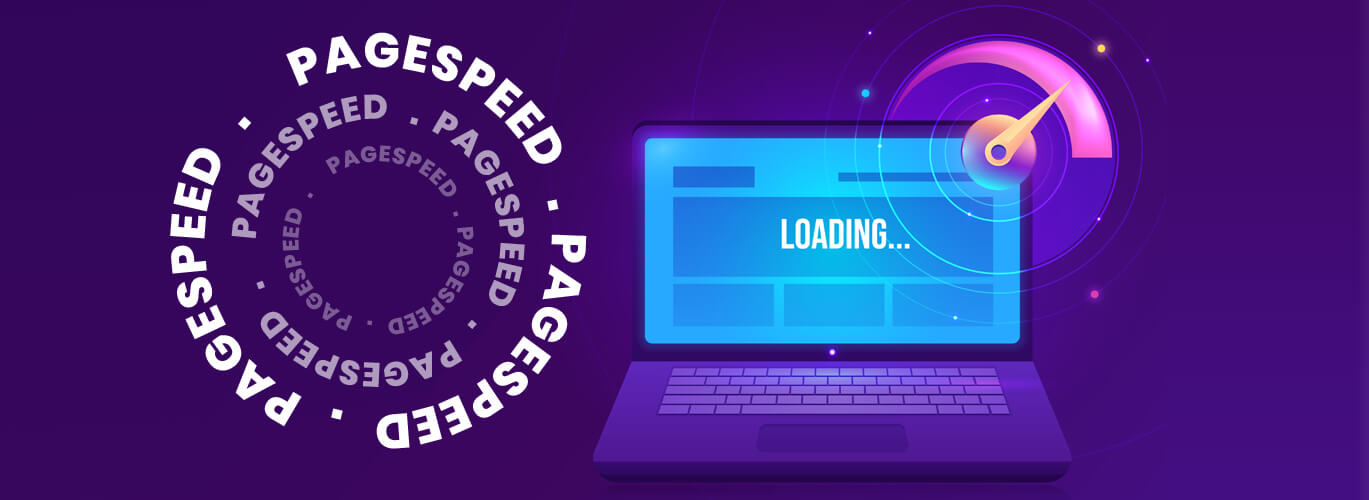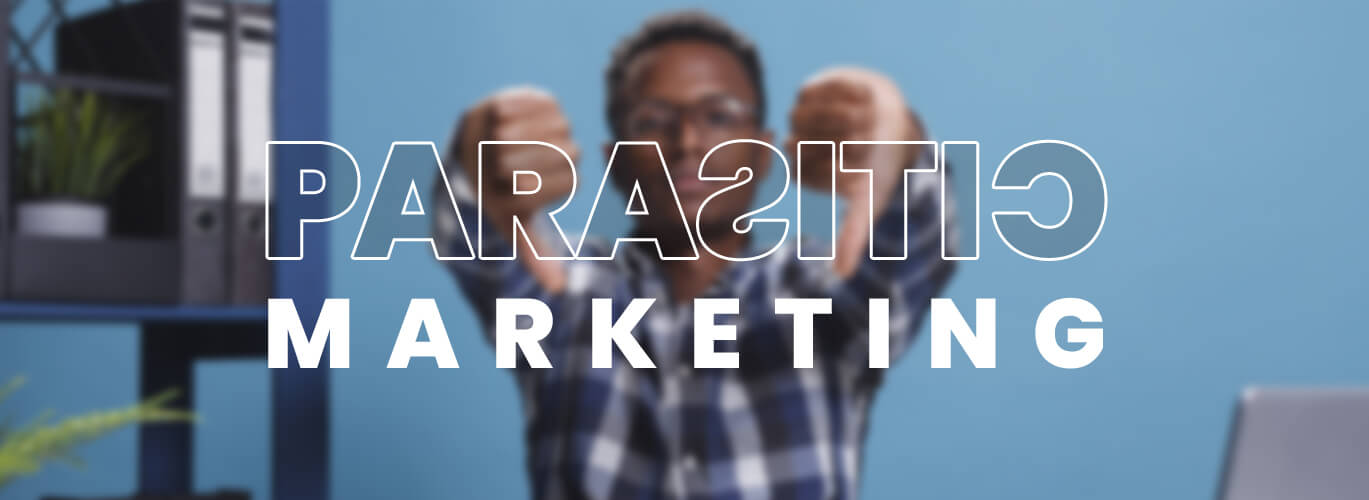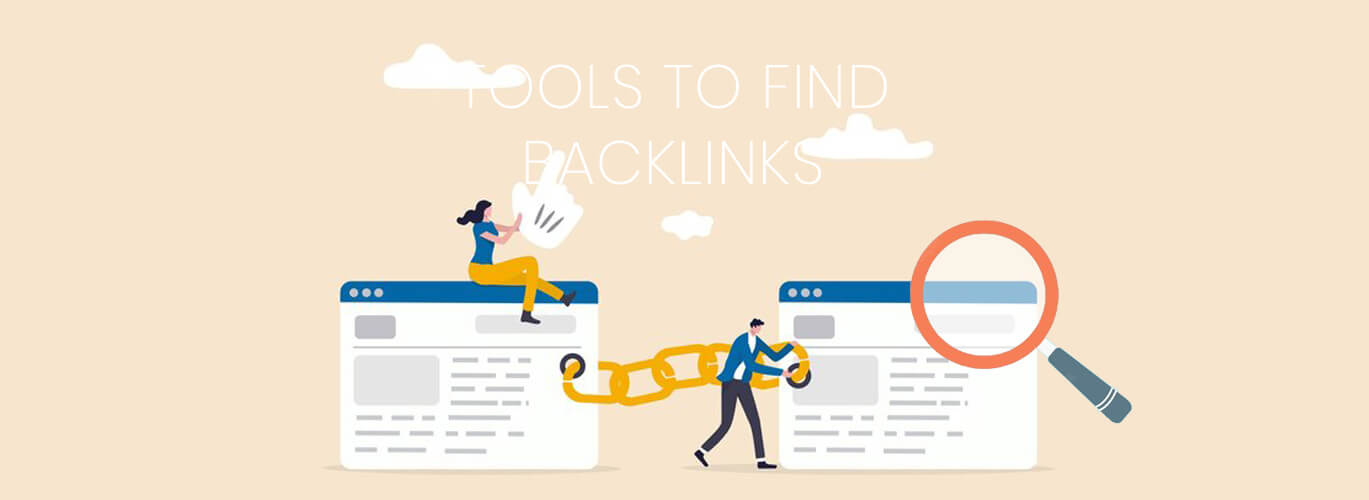What is Page Speed?
Page Speed is the time taken for a web page to load. The loading speed of a page relies on a lot of different factors, which includes a site’s server, page file size, and image compression.
“Page Speed” isn’t as simple as it sounds. It is because there are plenty of different methods of measuring page speed. These are three of the most known:
Time to First Byte
This usually measures how long it takes for a page to begin the loading process.
Have you’ve ever landed at a page and gazed at a white screen for a few seconds? that’s TTFB (Time to first byte) at work.
Fully Loaded Page
This is the time taken for 100% of the resources on a page to load. This is one among the simplest ways to determine how fast a page loads.
First Meaningful Paint/First Contextual Paint
It is the time it takes a page to load enough of its resources for a user to be able to read the content on that page.
Why Page Speed is Important for SEO?
Since 2010, Google has used page speed as a ranking factor. And Google ramped up the need for page speed in 2018 with The “Speed” update. A slow loading website will bring down your Google rankings.
Page speed is also very essential to user experience. Pages having a longer load time will be likely to have higher bounce rates and lower average time on page. Having longer load times have also been shown to negatively affect conversions.
Best practices
These are some of the many ways to boost your page speed:
01Clean and Compress Your Code
Summarise the resources found on your page.
This includes:
- HTML
- CSS
- JavaScript
Or any other code found on your page
The first thing to do is to clean up any extra code that you have on your page. This bloated code could be from features that you don’t have on your site anymore, or from shoddy developer work. When the code is cleaner, the faster things will load. Using a program like GZip compress your code.
02Upgrade Hosting
This is a tip that most people don’t seem to talk about. You will be able to clean up your code and compress images all day long. But for hosting if you spend $4.99/month, your site is not going to load quickly. It is because you’re sharing a server with a million other websites as there are a million web hosts out there. You get what you pay for, when it comes to hosting.
It might be time to upgrade to a premium host or to a dedicated server if you’re serious about improving your site’s loading speed.
03Reduce redirects
Every time when a page redirects to another page, your visitor experiences extra time waiting for the HTTP request-response cycle to complete.
04Activate Browser Caching
This enables users to store parts of your page in their browser cache so it loads much faster the next time they visit your site.
But this will not help your page load faster for first-time users. But it’s apt for enhancing your loading speed for people that have visited your site before.
05Improve server response time
Your server response time will be affected by the amount of traffic you receive, the software your server uses, the resources every page uses and the hosting solution you use. To enhance your server response time, seek for performance bottlenecks like slow database queries, slow routing, or a shortage of enough memory and fix them. The ideal server response time is under 200ms.
06Utilise a content distribution network
CDNs (Content distribution networks), also known as content delivery networks, are networks of servers that are utilised to distribute the load of delivering content. Significantly, copies of your site are stored at different, geographically diverse data centres so that users have quicker and more reliable access to your site.
07Optimise images
Ensure that your images are not larger than they really have to be. Look whether they are in the right file format (PNGs are actually better for graphics with fewer than 16 colours while JPEGs are usually good for photographs) and that they are compressed for the web.
Make use of CSS sprites to develop a template for images that you often use on your site like buttons and icons. CSS sprites merge your images into one large image that loads all at once (that means fewer HTTP requests) and then show only the sections that you want to see. Here, you are saving load time by not making users wait for various images to load.






